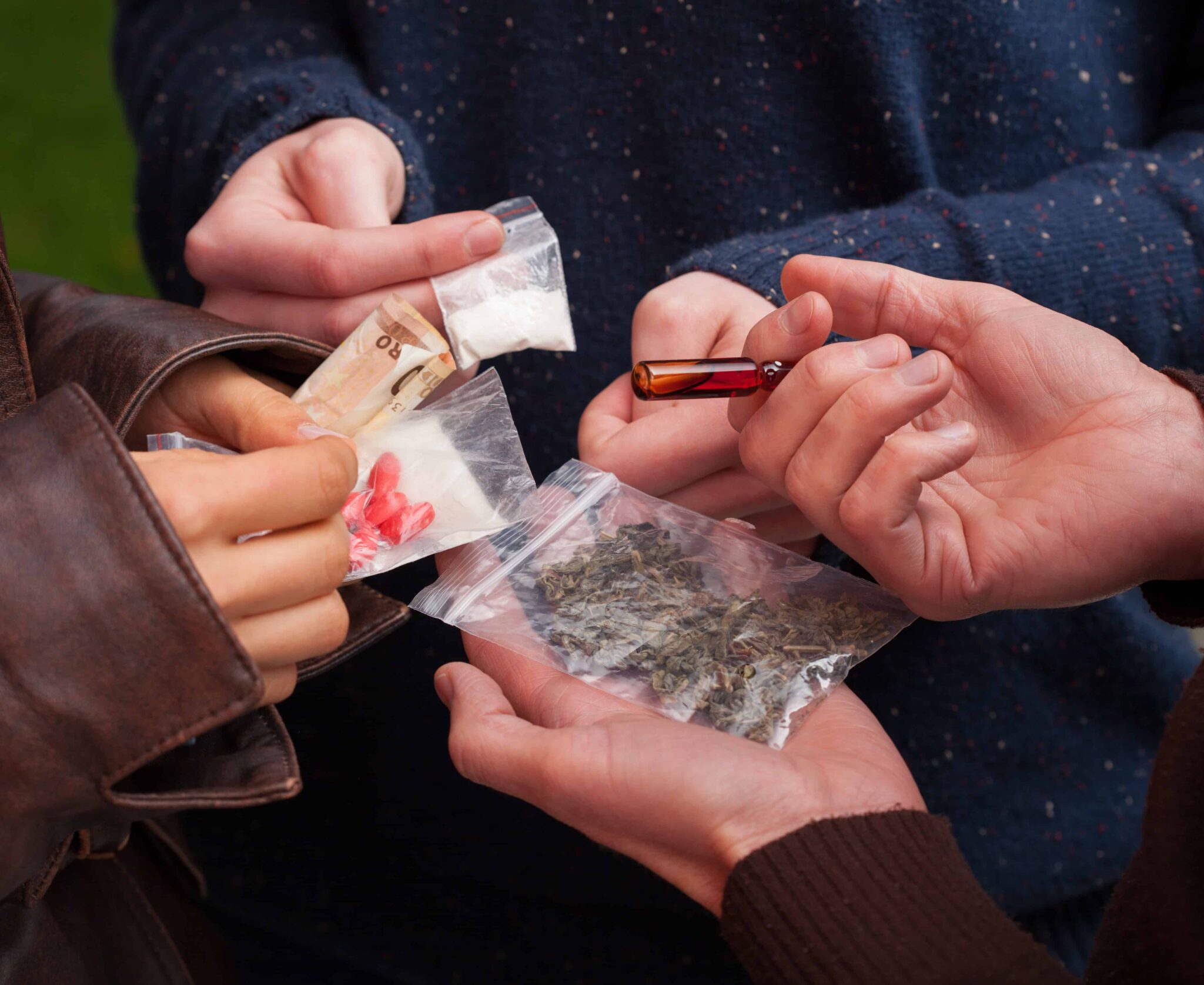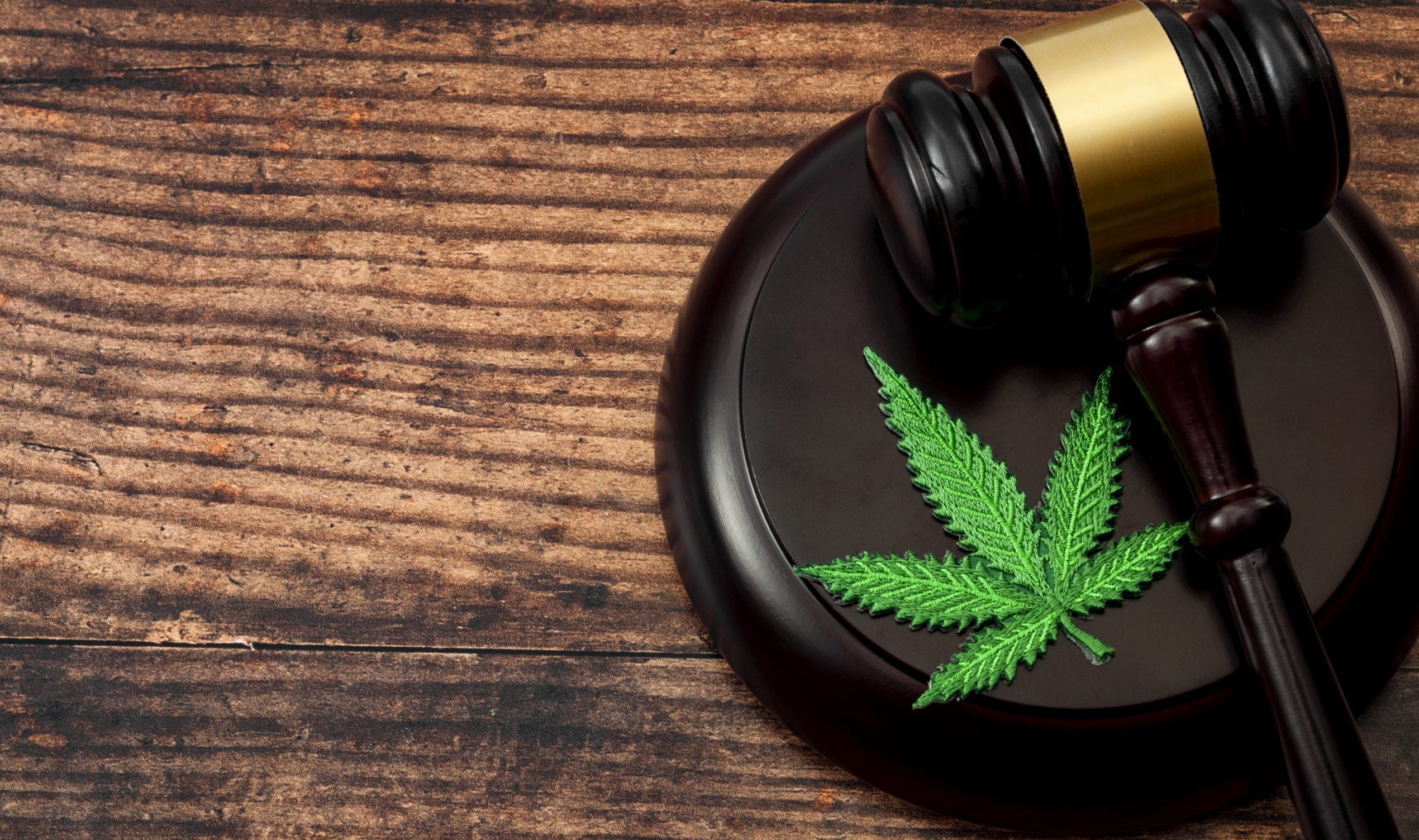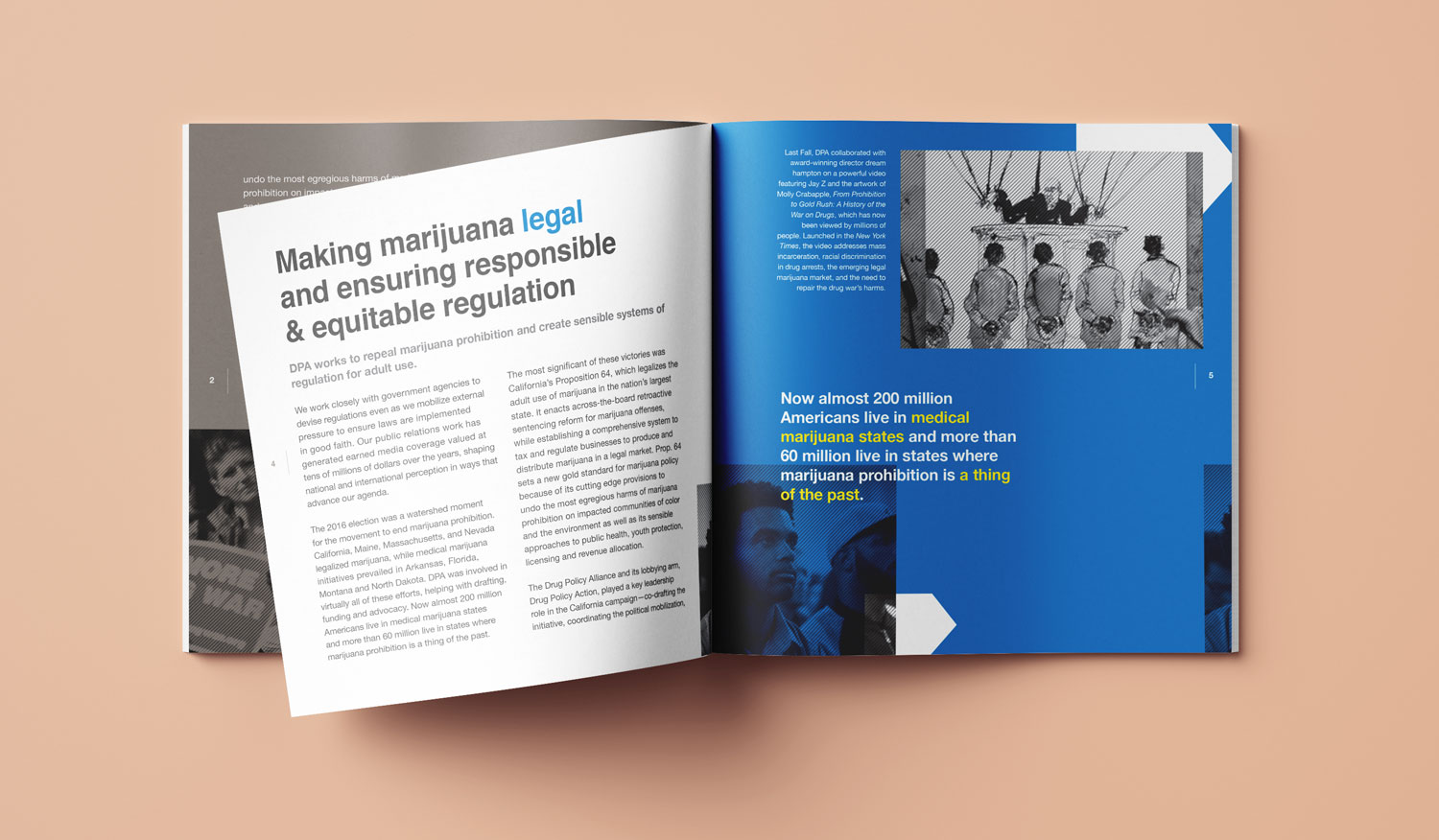Despite decades of prohibition and intensive law enforcement efforts to get rid of illegal narcotics, traffickers still find ways to flood cities across the world with the products, a steady stream of drug offenders still pour into jails, and tons of cocaine, heroin and other Class-A drugs continue to cross borders unimpeded.
It is clear that the current prohibitions have failed as a drug control strategy, and certain groups, such as the US’s American Civil Liberties Union (ACLU) are rising up to say that there are better ways to control drug use, ways that will ultimately lead to a healthier, freer and less crime-ridden society.
In this article, we will take a look at the history of drug laws, and what proposals are coming to the fore in regards to altering or repealing the measures currently in place.
Illegal Drugs Have Not Always Been Illegal
During the American Civil War, morphine (an opium derivative and cousin of heroin) was found to have pain-killing properties and soon became the main ingredient in several patent medicines. In the late 19th century, marijuana and cocaine were put to various medicinal uses – marijuana to treat migraines, rheumatism and insomnia, and cocaine to treat sinusitis, hay fever and chronic fatigue. All of these drugs were also used recreationally, with cocaine in particular being a common ingredient in wines and soda pop – including the popular Coca Cola.
At the turn of the century, many drugs were made illegal when a mood of temperance swept the nation. In 1914, Congress passed the Harrison Act, banning opiates and cocaine. Alcohol prohibition quickly followed, and by 1918 the US. was officially a “dry” nation. That did not mean, however, an end to drug use. It meant that, suddenly, people were arrested and jailed for doing what they had previously done without government interference. Prohibition also meant the emergence of a black market, operated by criminals and marked by violence.
In 1933, because of concern over widespread organized crime, police corruption and violence, the public demanded repeal of alcohol prohibition and the return of regulatory power to the states. Most states immediately replaced criminal bans with laws regulating the quality, potency and commercial sale of alcohol; as a result, the harm associated with alcohol prohibition disappeared. Meanwhile, federal prohibition of heroin and cocaine remained, and with passage of the Marijuana Stamp Act in 1937 marijuana was prohibited as well. Federal drug policy had remained strictly prohibitionist up to very recently in regards to marijuana.
Criminal prohibition, the centrepiece of most countries’ drug policy, has failed miserably. The best evidence of this is the current war on drugs. This war, instead of employing a strategy of prevention, research, education and social programs designed to address problems such as permanent poverty, long term unemployment and deteriorating living conditions in inner cities, has employed a strategy of law enforcement. While this military approach continues to devour billions of tax dollars and sends tens of thousands of people to prison, illegal drug trafficking thrives, violence escalates and drug abuse continues to debilitate lives. Compounding these problems is the largely unchecked spread of the AIDS virus among drug-users, their sexual partners and their offspring.
Those who benefit the most from prohibition are organized crime barons, who derive an estimated $10 to $50 billion a year from the illegal drug trade. Indeed, the criminal drug laws protect drug traffickers from taxation, regulation and quality control. Those laws also support artificially high prices and assure that commercial disputes among drug dealers and their customers will be settled not in courts of law, but with automatic weapons in the streets.

Drug Prohibition Creates More Problems Than It Solves
Drug prohibition has not only failed to curb or reduce the harmful effects of drug use, it has created other serious social problems, such as:
No quality control: When drugs are illegal, the government cannot enact standards of quality, purity or potency. Consequently, street drugs are often contaminated or extremely potent, causing disease and sometimes death to those who use them.
Dirty needles: Unsterilized needles are known to transmit HIV among intravenous drug users. Yet drug users share needles because laws prohibiting possession of drug paraphernalia have made needles a scarce commodity. These laws, then, actually promote epidemic disease and death.
Caught in the crossfire: In the same way that alcohol prohibition fuelled violent confrontations between rival gangs in the 1920s, today’s drug prohibition has spawned a culture of drive-by shootings and other gun-related crimes. And just as most of the 1920s violence was not committed by people who were drunk, most of the drug-related violence today is not committed by people who are high on drugs.
A Nation of Jailers: The “lock ’em up” mentality of the war on drugs has burdened our criminal justice system to the breaking point. Today, drug-law enforcement consumes more than half of all police resources nationwide, resources that could be better spent fighting violent crimes like rape, assault and robbery.
Drugs Are Here to Stay – Let’s Reduce Their Harm
Instead of trying to stamp out all drug use, governments should focus on reducing drug abuse and prohibition-generated crime. This requires a fundamental change in public policy: repeal of criminal prohibition and the creation of a reasonable regulatory system.
Would drugs be more readily available once prohibition is repealed? It is hard to imagine drugs being more available than they are already. Despite efforts to stem their flow, drugs are accessible to anyone who wants them. What would change under decriminalization is not so much drug availability as the conditions under which drugs would be available. Without prohibition, providing help to drug abusers who wanted to kick their habits would be easier because the money now being squandered on law enforcement could be used for preventive social programs and treatment.
Some people, hearing the words “drug legalization,” imagine pushers on street corners passing out cocaine to anyone – even children. But that is what exists today under prohibition. Consider the legal drugs, alcohol and tobacco: Their potency, time and place of sale and purchasing age limits are set by law. Similarly, warning labels are required on medicinal drugs, and some of these are available by prescription only.
Ending prohibition will not by itself end drug abuse or eliminate violence. Nor will it bring about the social and economic revitalization of inner cities. However, ending prohibition would bring one very significant benefit: It would sever the connection between drugs and crime that today blights so many lives and communities.
What are your opinions on the subject? Feel free to share them in the comments below.


